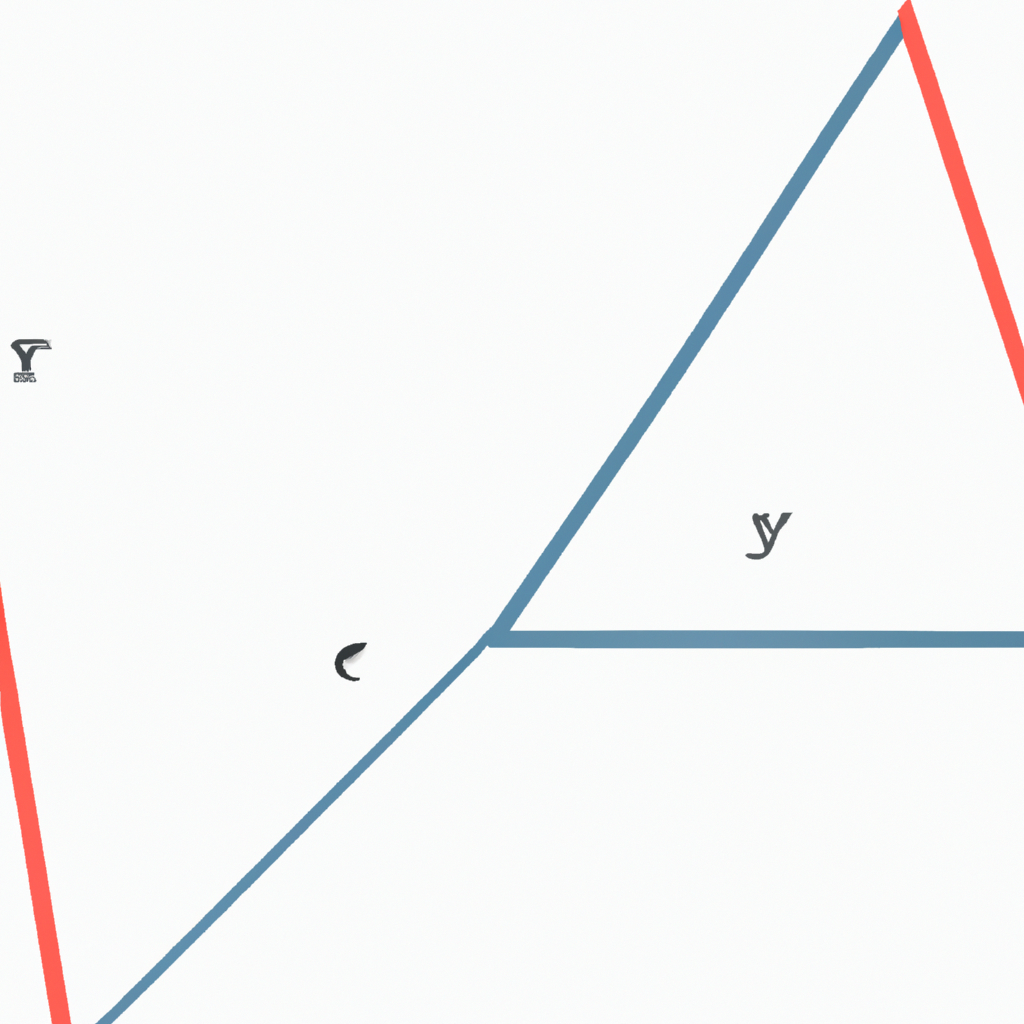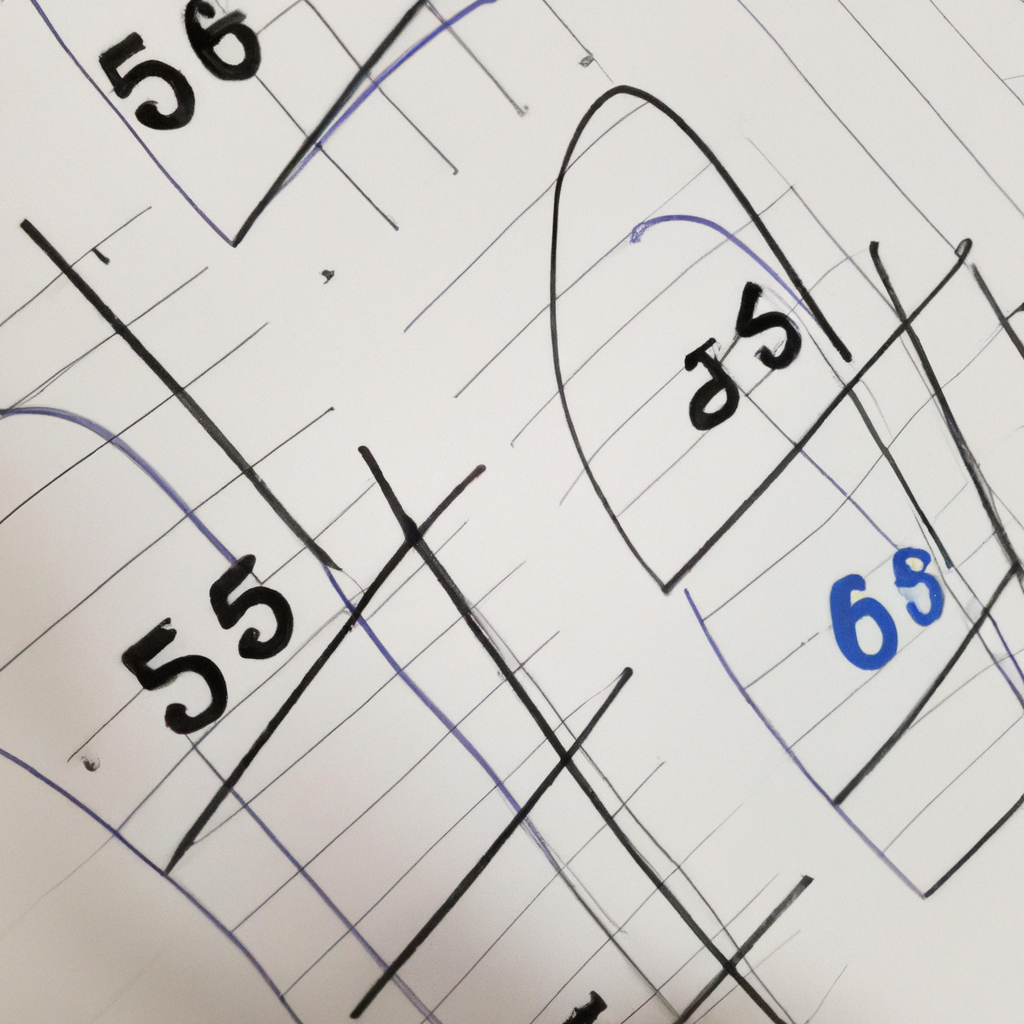Chart Overlay Techniques: Enhancing Data Visualization
Introduction
In the realm of data visualization, charts play a crucial role in presenting complex information in a concise and understandable manner. However, sometimes a single chart may not be enough to convey the complete picture. This is where chart overlay techniques come into play. By combining multiple charts or adding additional elements to an existing chart, overlay techniques enable us to enhance the depth and clarity of our data visualization. In this article, we will explore some popular chart overlay techniques and how they can be applied effectively.
1. Combination Charts
Combination charts involve overlaying different types of charts onto a single plot, allowing for the simultaneous representation of multiple variables. This technique is particularly useful when analyzing data with distinct characteristics or when comparing different datasets. For example, a combination chart may consist of a line graph representing sales trends over time, combined with a bar chart showing the corresponding marketing expenses.
To create a combination chart, follow these steps:
1. Identify the variables you want to represent using different chart types.
2. Ensure the data for each variable is compatible and can be represented on the same scale.
3. Select the appropriate chart types for each variable, such as line charts, bar charts, or scatter plots.
4. Plot each variable on the same chart, using different colors or symbols to differentiate between them.
5. Add appropriate labels, legends, and axes titles to ensure clarity and understanding.
2. Secondary Axes
Secondary axes allow for the overlaying of multiple scales on a single chart, making it easier to compare variables with different units or magnitudes. This technique is commonly used when dealing with data that has distinct measurement units, such as temperature and precipitation.
To incorporate secondary axes into your chart, follow these steps:
1. Identify the variables with different units that need to be displayed on the same chart.
2. Create the primary chart using the appropriate chart type for the main variable.
3. Add a secondary axis to the chart, aligning it with the side of the chart that corresponds to the secondary variable.
4. Assign the secondary variable to the newly added secondary axis.
5. Adjust the scale, labels, and formatting of the secondary axis to ensure clarity and readability.
3. Annotations and Markers
Annotations and markers provide additional context and insights to a chart by highlighting specific data points or events. By overlaying annotations or markers onto an existing chart, you can draw attention to important information or trends that may not be immediately apparent.
To add annotations and markers to your chart, consider the following steps:
1. Identify the data points or events that you want to highlight.
2. Choose appropriate symbols, shapes, or labels to represent the annotations or markers.
3. Position the annotations or markers on the chart, aligning them with the corresponding data points or events.
4. Clearly label or explain the purpose of each annotation or marker, ensuring they are easily understandable.
5. Adjust the formatting and style of the annotations or markers to maintain consistency with the overall chart design.
Conclusion
Chart overlay techniques offer a powerful way to enhance data visualization by combining multiple charts or adding supplementary elements to existing ones. By employing combination charts, secondary axes, and annotations/markers, we can present complex data in a more comprehensive and insightful manner. Experimenting with these techniques can lead to improved understanding and interpretation of data, enabling us to make more informed decisions based on the insights gained.



